Mapping the Route to Awesome Innovation: The Role of Scouts
By David Matheson  6 min read
6 min read
Your company has realized it lacks breakthrough growth opportunities. After some idea generation and strategic analysis, they have selected several new territories that seem to be target rich. Maybe the territory is built around a market segment, like aging. Or perhaps around a technology, like augmented/virtual reality (XR). Or a broad trend like climate change. Or even a business model like Everything as a Service (XaaS).
Whatever it is in your company, you’ve been put in charge of delivering results in the hottest, most strategic, most target-rich area. While the territory is promising, you and the company are fundamentally ignorant about it and it is outside the organization’s comfort zone. Now what?
After a bit of networking, you realize that the half-life of people in your position is about two years. They start with a broad charter, enthusiasm and benign neglect. They are free to mess around “innovating” for a while. But soon this honeymoon period ends, and they are expected to deliver results. Few do. And fewer deliver the breakthrough growth intended.
This lifecycle represents two traps: focusing on delivering results and focusing on open-ended exploration. Successfully avoiding these traps requires making the right kind of promises about exploration and delivery.
Suppose you want to build the transcontinental railroad across America in the late 1800s. It’s a transformational vision that drove growth in the USA for at least a generation, revolutionizing the settlement and economy of the west. If you were focused on “delivering results”, you would start your project by laying track. This might be fine if the sort of ignorance you faced were issues that are basically understood: validating needs of known customers, tweaking your technology, driving cost to a target, etc.
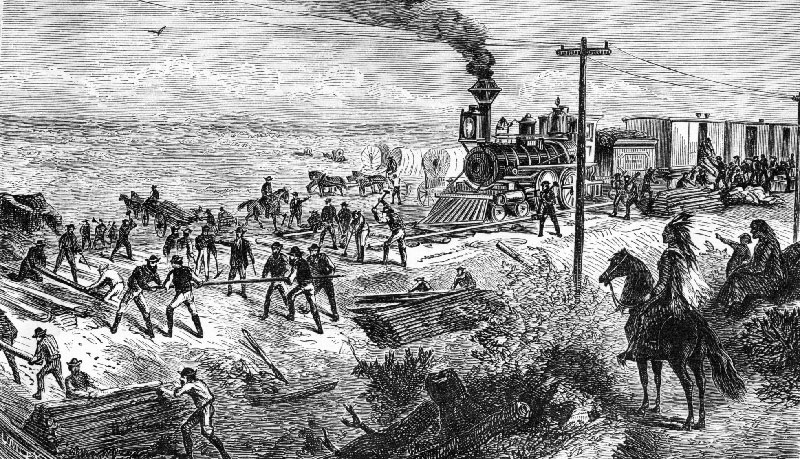
Laying track: expensive, deals with ignorance that is more or less understood-mitigate, validate or manage it. Goal: deliver results. Phase gate processes are good at this.
The fundamental problem with laying track early is that you don’t know where you need to go as there is too much speculation. Usually territory has some kind of high-level motivating question and a lot of deep ignorance. For example, what are the biggest unmet needs we might address around improving sleep quality for the elderly? Can we improve satisfaction, retention and profitability if we change to a service model on our main product? What would that even look like? How will trends around climate change create new opportunities for uses of our core materials? These questions provide some focus, but they all contain a great deal of ignorance and speculation.
The goal of the scout is not to deliver results. It is to eliminate the speculation. One of the big challenges in the transcontinental railroad was crossing the Sierra Nevada mountains. It had never been done before and was considered impossible by many. So, where to go?
Send the scouts: some go south, the long way around the mountains through the deserts of then-Mexico. Some explore the various routes through the mountains: Tioga Pass, up the San Joaquin river, over Donner Pass and so on. These scouts are small teams, travel light and cheaply. They are fundamentally dealing with the speculative sort of ignorance in the new territory. “Is there a there, there?”
The Tioga Pass scouts reported: No, there’s no way through there. If there really isn’t a potential way through the territory, declare that route dead and move on—that is a good scouting report. But the scout’s goal is to find a potential path, to make an investment grade proposal. The Donner Pass scouts reported: Maybe. It looks pretty good, except for this super nasty set of cliffs right above Donner Lake (see picture). The proposal is still risky, but the scouts have turned speculative ignorance into specified uncertainty. Can we get across these specific cliffs?
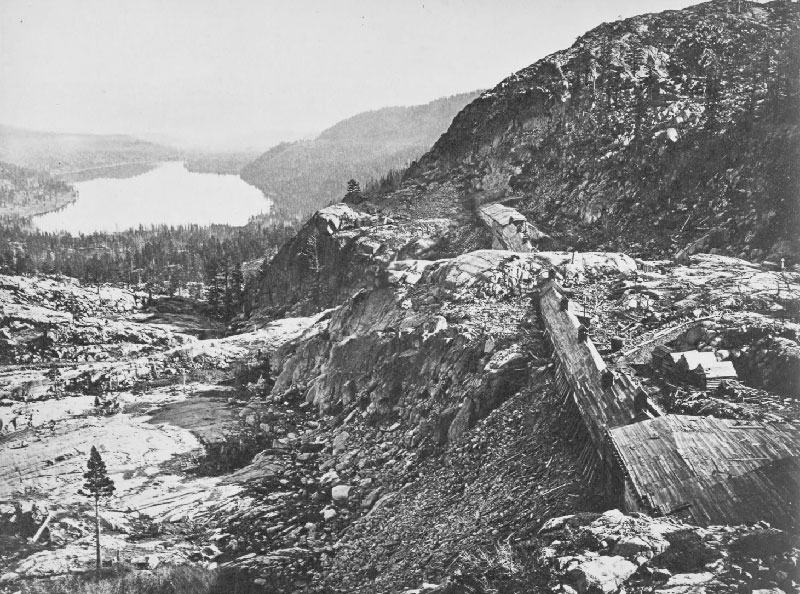
Scouting to find Donner Pass. Inexpensive, focuses on speculative ignorance. Goal: An investment grade proposal (which may be very uncertain).
Sometimes scouts get lucky and find something that is ready for track to be laid upon it. For example, one innovation director working in the XR space at HP noticed that high-quality VR headsets required an awkward gantry with cabling connecting the headset to a large computer nearby. He realized that the computer could be put into a backpack, thus eliminating all the awkward apparatus at a stroke and greatly increasing user mobility. The business unit understood the issues with this type of product and immediately snatched it, productized it, and created a new product category.
If your scouts find an opportunity like this, celebrate it. But don’t expect it.
Usually in new territory good scouts find something with complications, like the cliffs at Donner Pass. Don’t rush in to lay track in these cases. There are still significant issues that need to be specified or uncertainties to be navigated before things are ready to go mainstream. Celebrate this progress too, but the next step isn’t to lay track.
As an example of the danger of rushing to lay track, one scout in climate change for a materials company realized that there would be dramatically increased demand for retrofitting houses to make them withstand extreme weather. Several states were exploring legislation to set new standards, insurance companies offering lower rates, and certification agencies developing standards. Things seemed ripe. But when the innovation was passed to the phase gate process, the business unit focused on people actually retrofitting that they could reach through their current channels. This immediate version of the opportunity was insignificant, and the innovation deemed a failure. They tried to lay track and couldn’t get across their metaphorical cliff at Donner Pass.
This innovator hadn’t recognized the role of the survey party. Survey parties are more expensive than scouts, and they represent a real investment. They may lay some test tracks, or at least do some test blasting. But their goal isn’t to lay track. It is to unwind the biggest uncertainties, those the business cannot really deal with well in their current processes. These survey parties must focus on the critical proof points that demonstrate there is a real major opportunity here—or not. They use a learning-based process, guided by the biggest uncertainties uncovered by the scouts in their investment grade proposal. (For those who like the Innovation Screen, survey parties represent the Oyster projects). How do we get across the cliffs at Donner Pass?
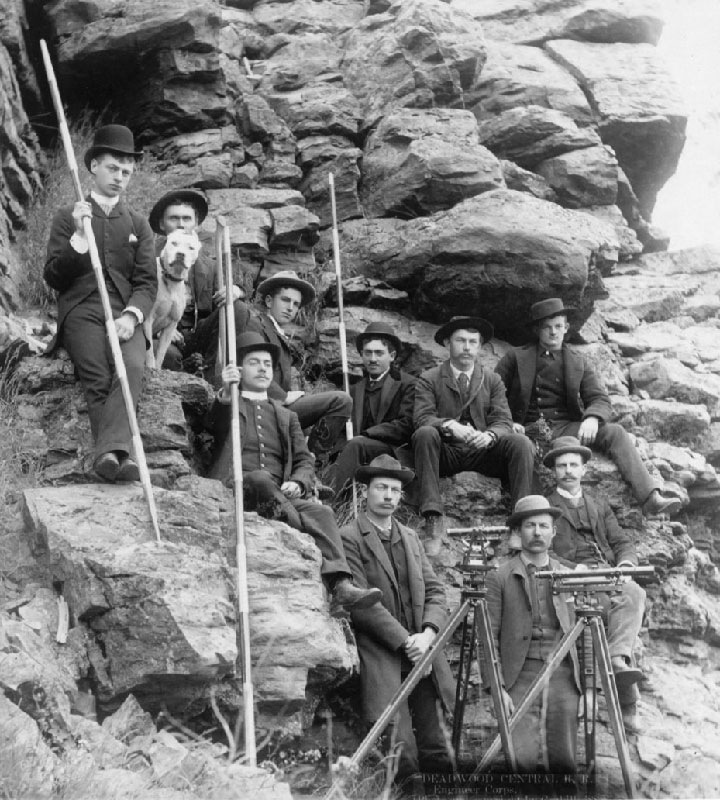
Survey Party. Focuses on specifying and navigating major uncertainties. May involve real investment, like buying an option.
Goal: An executable proposal to lay track, or a recommendation to abandon quickly and cheaply.
In the climate change example, the core uncertainty revolves around the sales channel and when demand will actually materialize. The survey party would have focused on building alliances with the various agencies pushing things forward. They would also have focused on retrofit specialist contractors, getting them used to the company’s products and understanding the tweaks that might be required for this type of retrofit.
If and when things shifted (say, the state of Texas passed legislation), the company would have been front and center of a huge unmet market that appeared overnight. They would have had the relationships to drive sales and the specifications to optimize their products. They would have been miles ahead of their competitors.
Then the company could have decided whether or not to really lay track, with the best possible opportunity presented.
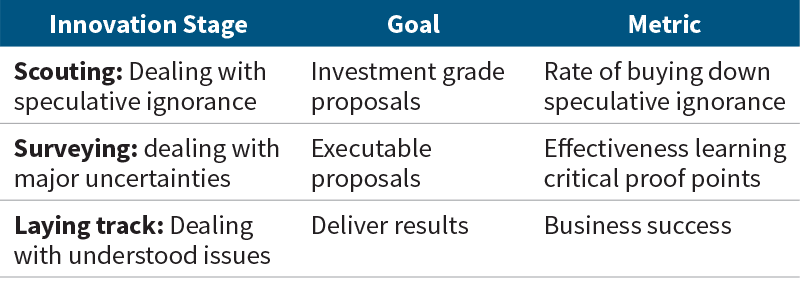
So, congratulations on your new job! To avoid the traps of open-ended innovation and of delivering results, communicate to your executive investors in a language they understand. Define the basic phases of learning in finding breakthrough opportunities and report on these.
Whatever your territory, following this logic you will maximize your chances of getting to your Golden Spike, and also maximize your longevity as an innovator.
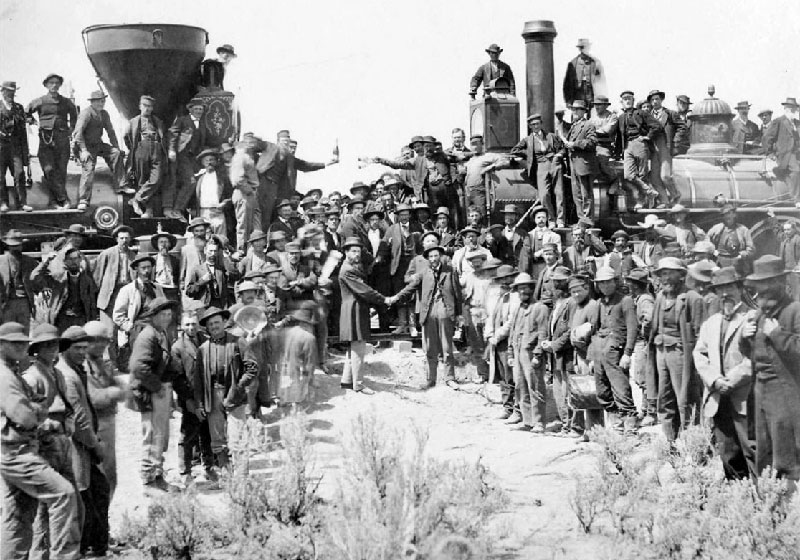
Completion of the Transcontinental Railroad in 1869, celebrated with the Golden Spike tapped in by Leland Stanford at Promontory Summit.